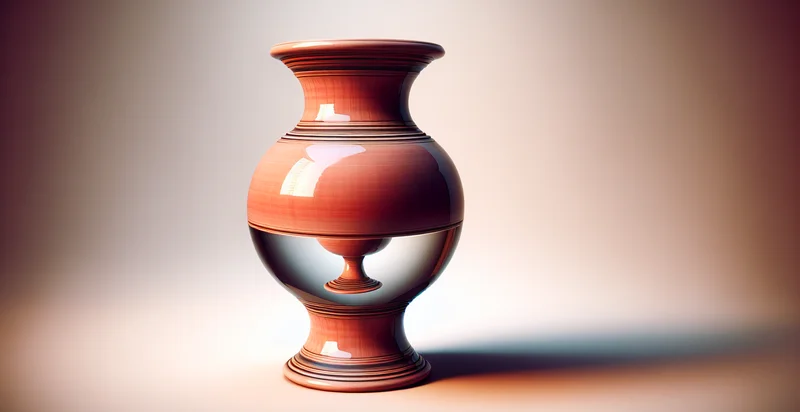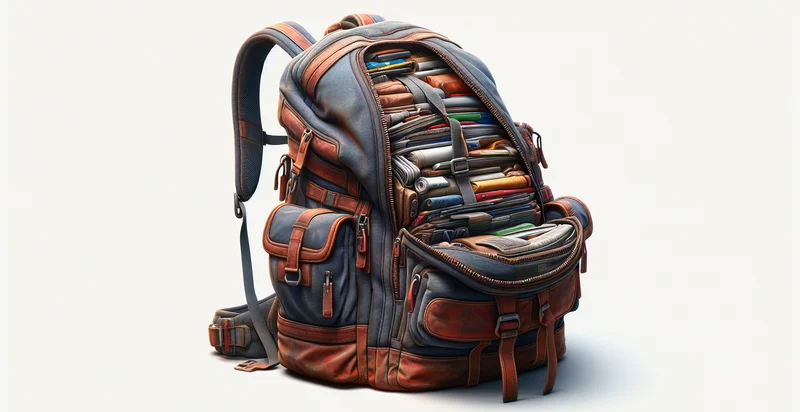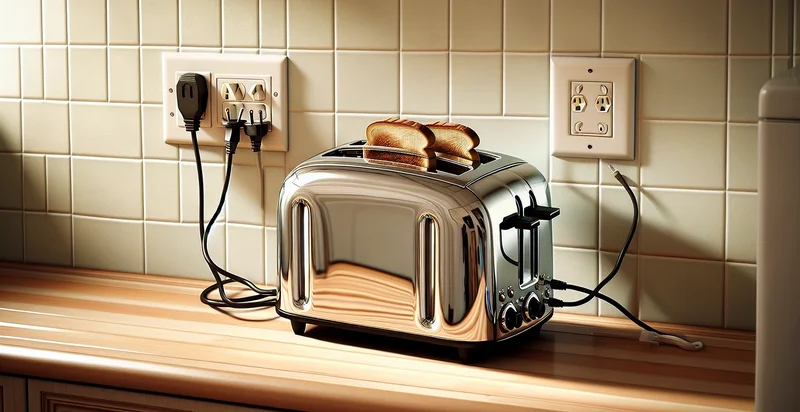Identify if vase is upside down
using AI
Below is a free classifier to identify if vase is upside down. Just upload your image, and our AI will predict if the vase is upside down - in just seconds.

Contact us for API access
Or, use Nyckel to build highly-accurate custom classifiers in just minutes. No PhD required.
Get started
import nyckel
credentials = nyckel.Credentials("YOUR_CLIENT_ID", "YOUR_CLIENT_SECRET")
nyckel.invoke("if-vase-is-upside-down", "your_image_url", credentials)
fetch('https://www.nyckel.com/v1/functions/if-vase-is-upside-down/invoke', {
method: 'POST',
headers: {
'Authorization': 'Bearer ' + 'YOUR_BEARER_TOKEN',
'Content-Type': 'application/json',
},
body: JSON.stringify(
{"data": "your_image_url"}
)
})
.then(response => response.json())
.then(data => console.log(data));
curl -X POST \
-H "Content-Type: application/json" \
-H "Authorization: Bearer YOUR_BEARER_TOKEN" \
-d '{"data": "your_image_url"}' \
https://www.nyckel.com/v1/functions/if-vase-is-upside-down/invoke
How this classifier works
To start, upload your image. Our AI tool will then predict if the vase is upside down.
This pretrained image model uses a Nyckel-created dataset and has 2 labels, including Vase Upright and Vase Upside Down.
We'll also show a confidence score (the higher the number, the more confident the AI model is around if the vase is upside down).
Whether you're just curious or building if vase is upside down detection into your application, we hope our classifier proves helpful.
Related Classifiers
Need to identify if vase is upside down at scale?
Get API or Zapier access to this classifier for free. It's perfect for:
- Automated Inventory Management: In retail settings, the 'is vase upside down' identifier can streamline inventory control by ensuring products are correctly displayed on shelves. This minimizes customer confusion and enhances the shopping experience, allowing staff to quickly identify and rectify misplaced items.
- Quality Control in Manufacturing: During the production process, this classification function can be integrated into quality assurance systems to detect if vases are packaged or stored upside down. This ensures that products reach customers in perfect condition, safeguarding brand reputation and reducing returns due to damage.
- Visual Merchandising for E-commerce: E-commerce platforms can utilize this function to ensure that images of vases in product listings are displayed correctly. By automatically filtering out upside-down images, the platform can maintain a professional image and enhance user confidence in purchasing.
- Smart Home Integration: Smart home devices equipped with cameras can leverage this identifier to notify users if a vase has been tipped over, potentially preventing spills and breakage. This can also contribute to a more intelligent and responsive living environment, especially for households with children or pets.
- Robotic Assistance in Care Facilities: In nursing or assisted living facilities, robots can monitor the placement of vases in common areas. By identifying upside-down vases, they can notify staff or the residents themselves, enhancing aesthetics and helping maintain a welcoming environment.
- Augmented Reality Applications: AR applications can use this classification function to guide users in home decor scenarios, advising them if a vase is correctly oriented. This feature can help users visualize interior design more effectively and avoid common mistakes in placement.
- Art and Exhibit Curation: Museums and galleries can employ this identifier in the curation of decorative arts or ceramics exhibitions. Ensuring that vases and similar items are displayed accurately can enhance visitor experience and preserve the integrity of the exhibit's presentation.


